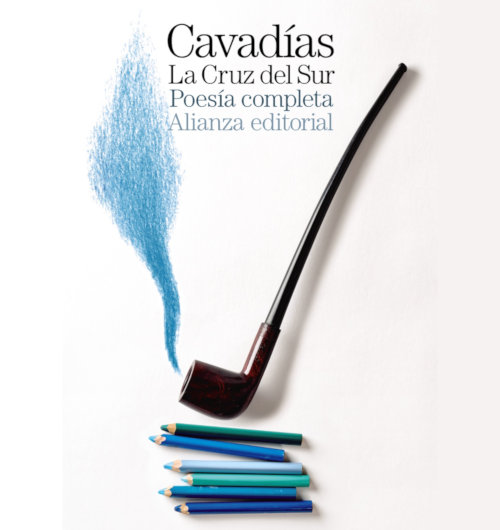Kathmandu, Nepal
Someone needs to write "The Rules" for Nepal. Several spring to mind, but this one popped up first:
Rule #1: Every place is required to have more than one name, all of which must remain in use interchangeably.
All these synonyms reflect the diverse, multilingual and colourful
 history of the place. So many different communities have come through and given their own names to places and things.
history of the place. So many different communities have come through and given their own names to places and things.(In its Indian form, the multi-name rule appears as: "We can't decide what to call this street - our national pride dictates that we give it an Indian name, but everyone uses the old colonial one anyway, damnit." So, all the signs say the new, "correct" name which does you absolutely no good since no one in the real world uses them.)
Nepal, like Thailand, was never a colony, and never faced that particular problem.
So, Kathmandu (which is actually spelt "Kathmandau" in Nepali script) is also known as Kasthamandap, Kantipur, and Catmando (attempted transliteration of the Nepali spelling).
According to the NY Times and the Economist, it's Katmandu - no H. However, in Nepali script the T is the dental TH. "Kathhmando." Someone needs to tell those guys they are misspelling our name.
Along the same lines, Patan ("PAT-ton," not "Pah-TAN" as foreigners are forever calling it) is also called Lalitpur and sometimes even referred to as Yala (its old Newar name).
Bhaktapur is often referred to as Bhadgaon or, by those really in the know, by its Newar name, Khwopa.

Thimi, the fourth largest city in the Valley, is equally recognizable by the name Madhyapur; sometimes even called Thimi-Madhyapur.
Nobody calls Swayambhunath, Boudhanath, Pashupatinath or any of the other -naths by their full name. They are commonly called "Swayambhu," "Boudha," etc. --Except on the maps and in all books, where they are referred to by their full names.
Oh, of course there is one exception - Muktinath. No one calls it "Mukti."
The mountain commonly known as Mount Everest is also Chomolungma (Tibetan) or Sagarmatha (Nepali).
Durbar Marg is more commonly called King's Way, and will be even if they get rid of the King. Or maybe the Maoists will call it the Shining Path.
If you ask directions to what the signs proclaim (in English) to be "Naya Sadak," you will be met with blank stares. Everyone calls it New Road.
The place commonly called "Buddhanilakanth" is evidently supposed to be Buranilakanth. These names have completely different meanings, but are used interchangeably.
Deities must also have more than one name. This gets really confusing because the same gods, or at least what appear to be the same forms of gods, are worshipped and respected by several communities, each having their own names for the deity.
So, for example, Seto Matsyendranath ("White Lord of the Fishes") who lives in the gorgeously ornamented courtyard at Jan Bahal, is also Jamali, and also Avalokiteshwara (Sanskrit), sometimes corrupted into Lokeshwar - who is also Chenresig (Tibetan).
Rule #2: At any given time, there must be a festival or religious or political holiday.
--This one is fun, and virtually guarantees that you never know when the bank will be open. Maybe next time.
Thanks to Eric for correcting my Nepali!














5 comments:
Great post!
I think countries with a much richer longer history than many Western countries have so many different connections to a place, as you mentioned by the virtue of being from a particular community or family, for example. This forces a variety of names.
Gods- this is an important one. Even for people who aren't in those countries, but for instance want to read Hindu scriptures of any kind. I would get so confused with the multitude of names that come up in one story to find out that a handful of those names actually refered to the same god!!
Also, in India, not sure about Nepal, though a child is born with a certian name, in some communities 5 names are whispered into their ear upon birth and any of those 5 are used to call the child. In fact sometimes the name used in the home doesn't even resemble their name on the birth certificate!
Thanks for sharing!
Actually, nayaa sadak means New Road, so they're the same, but you're right: everyone says nyu rod. Similarly, the road that circles the city is officially called chakrapath but everyone says ring rod.
Thanks for the interesting post.
(Incidentally, Tapai lai naam ke ho? should be tapaaiko naam ke ho?)
Interesting that there is a 'nayaa sadak' in Kochi (Kerala) of course the actual road name was New Road (English), then translated to Pudiya Road (Pudiya is New in Malayalam!) What's the point in changing!!? :) And, of course the worst part about the road name change is with each change the house numbers usually change!!
Kind's Way may well become Prachanda Marg!
Have you been able to figure out where is going to be the New Tienanmen Square once the latest offsprings of Mao are firmly in Nepal's saddle, or shall we say throne?
@Eric: you're so right, I got my canned Nepali phrases mixed up. It is indeed Tapai ko....;-) I need to double check before hitting SEND.
Post a Comment